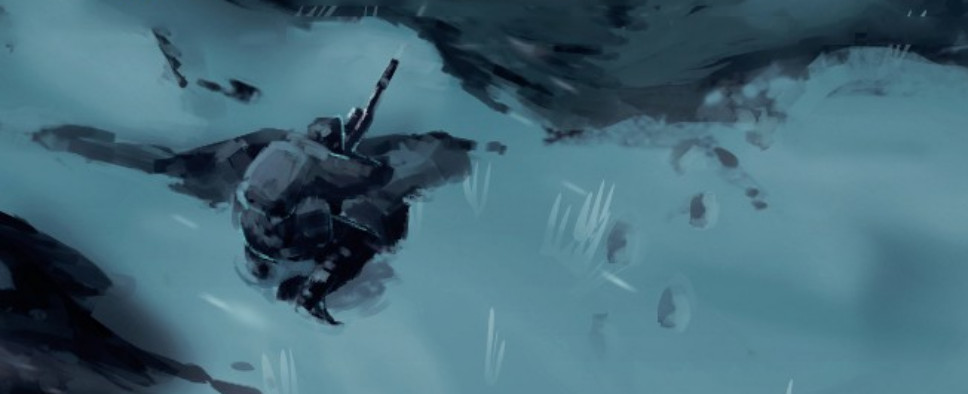Jagged Alliance: Flashback Interview
-
Category: News ArchiveHits: 2068

Rock, Paper, Shotgun has published the first half of an exclusive interview with Full Control's CEO Thomas Hentschel Lund about the developer's Kickstarter-funded Jagged Alliance: Flashback. Modding, mechanics, development setbacks, story changes and more are discussed:
RPS: Are there things that you thought would work, or that the Jag or Kickstarter community thought would work, that when you've prototyped them you've realised that they're just not very enjoyable? There's sometimes a danger of overcomplicating and veiling the core mechanics.
Lund: A lot of the things that we ended up not implementing have been on the plan since day one, since our aim was to take JA 2 as a baseline. We have the source code, as others do as well, and we've been fishing through to dig out the mechanics. Some things were a given, that we knew had to be the same way, and we haven't diverted far at all. It was important to modernise without taking it too far from JA 2.
A lot of the modernisation is interface-based, so adding context-sensitive cursors and more information in the HUD. That explains some of the underlying mechanics and in JA 2 there were mechanics that were never explained we talked to some of the original developers and dug through that source code, and found that there are a lot of things that have no explanation and no real impact.
So we had a discussion. Do we remove those things because they have no real impact? That's the kind of thing we work out in prototypes.
Experimentation-wise, the changes we have made from our original plan is mostly on the story side. The original plan that we thought up and used on the Kickstarter is a Cold War setting, where we did have remnants of the Soviet Union and the US forces fighting on an island. The logo was the Hammer and Sickle. That has totally changed as we moved through the story planning.
...
RPS: One mechanic that interests me is the cover system. Have you changed it? Because in Jagged Alliance 2 [which I love dearly and am not being mean about] you just sort of stand diagonally next to a tree and hope that you're in cover. There's no feedback, which some people no doubt like because it creates tension but it can be frustrating.
Lund: It's a really good example of where we did change things. We have indicators on the cursor so you know where there is cover, and cover is explained in the UI as you move around. It's those kind of small things that we explain as we go along. I don't think that's part of the alpha right now but we have been talking about having a switch so you can turn on the gritty detail of the calculations or turn them all off. So you can see percentage of cover, line of sight, direction you're facing how it all adds up.
RPS: I like having information at my fingertips. I can imagine people arguing it makes the game easier but others would argue that seeing through to the numbers proves the tactical credentials and allows people to engage more closely. For me, being able to see the figures on screen makes the game more credible I like to know what is happening and why.
Lund: There's a lot of information that we want to give to the player but some people don't want that. Another thing that may make it into the UI for the alpha is that when you move the mouse to a tile, on the indicator ring for that tile you'll see lines from enemies, in different colours, to indicate their line of sight and whether there is cover or not. It breaks down when twenty enemies see you and everything is obscured by lines.

